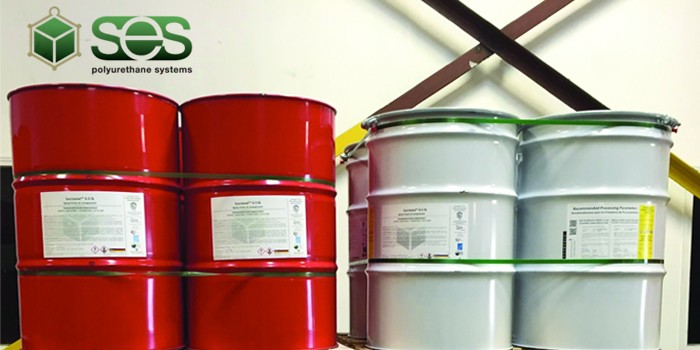Outlook: U.S. Manufacturing Turns Corner, Rides Upswing of Global Economies

WASHINGTON, D.C. – December 22, 2017 – The U.S. chemical industry is riding a global wave of growth as the world’s major economies experience an upswing for the first time in a decade. Increased output and accelerating growth rates that surpass the previous twenty-year average will help cement the business of American chemistry as $1 trillion industry within the next five years, according to the American Chemistry Council’s (ACC) “Year End 2017 Chemical Industry Situation and Outlook,” released recently. Despite disruptions from this year’s historic Hurricane Harvey, chemical production volumes continued to improve in 2017, with significant gains expected in 2018 and 2019.
“American chemistry is riding a synchronized global upswing,” said Kevin Swift, chief economist of ACC and co-author of the report. “Manufacturing has turned a corner, business investment is on the rise, and domestic oil and gas production is on the rebound. It all sets the stage for tremendous momentum, expansion, and capital investment” he added.
U.S. chemical manufacturers remain advantaged with access to cheaper and more abundant feedstocks and energy, helping push the number of announced chemical production projects to nearly 320 with a cumulative value of over $185 billion. Nearly sixty-five percent of the chemical industry investment announced since 2010 has been completed or is under construction. As these investments have come online, chemical production volumes have continued to increase. Excluding pharmaceuticals, production volume for 2017 is expected to be up 0.8 percent, increasing to 3.7 percent in 2018, and 3.9 percent in 2019 before easing to 3.0 percent in 2020.
Stronger export markets and gains in investment spending continue to boost demand in key end-use markets including light vehicles and housing. Though production has eased from last year’s robust pace and light vehicle sales are expected to retreat slightly, the outlook is for sales to progress at a solid, though slower, pace over the next several years. Housing activity improved to 1.20 million starts in 2017 and will rise to 1.29 million in 2018 as the level of activity gradually returns to its long-term underlying demand pace of 1.5 million units per year by 2022.
The report also noted that in addition to end-use markets, improved export markets will also drive strong gains in U.S. chemistry. Basic chemicals production is expected to be flat in 2017, before growing by 4.7 percent in 2018, and 5.2 percent in 2019 as new capacity comes online. Major export markets such as Latin American and Asia will play a large role in expanding production.
RELATED Global Chemicals Production Expanded During June, American Chemistry Council Honors BASF with Award for Outstanding Employee Safety Initiative , New Study: Insulation Industry Important to U.S. Economy
In the specialties chemicals segment, production will increase by 3.0 percent in 2017 and grow further by 2.3 percent in 2018. Gains in specialty chemicals were led by improvements in oilfield and mining chemicals, adhesives, and electronic chemicals.
Increased exports will result in a $32 billion trade surplus in chemicals (excluding pharmaceuticals) this year. Total chemical exports (on a dollar basis) rose 4.9 percent to $127 billion, while imports rose 2.8 percent to $96 billion. Two-way trade between the U.S. and its foreign partners will reach $223 billion this year, a 4.0 percent expansion over 2016.
“Our fundamentals remain incredibly strong and the U.S. remains the destination for chemical investment,” said Swift, noting that 62 percent of the $185 billion in announced projects is foreign direct investment. In addition to the new projects, chemical industry capital spending continues to surge, reaching $38 billion in 2017 and accounting for one-half of total construction spending by the manufacturing sector. Capital spending increased 6.0 percent this year, but will grow by 6.3 percent in 2018 and 6.8 percent in 2019, reaching $48 billion by 2022.
The business of chemistry is a $768 billion enterprise and one of America’s most significant manufacturing industries, accounting for more than 14 percent of all U.S. exports and 15 percent of the world’s chemicals. More than ninety-six percent of all manufactured goods are touched by products of chemistry.
Prepared annually by ACC’s Economics and Statistics Department, the “Year-End 2017 Chemical Industry Situation and Outlook” is the association’s annual review of the U.S. and global business of chemistry. It offers global and domestic chemical industry data related to production, trade, shipments, capacity utilization, R&D spending, capital spending, employment and wages.
Disqus website name not provided.




































